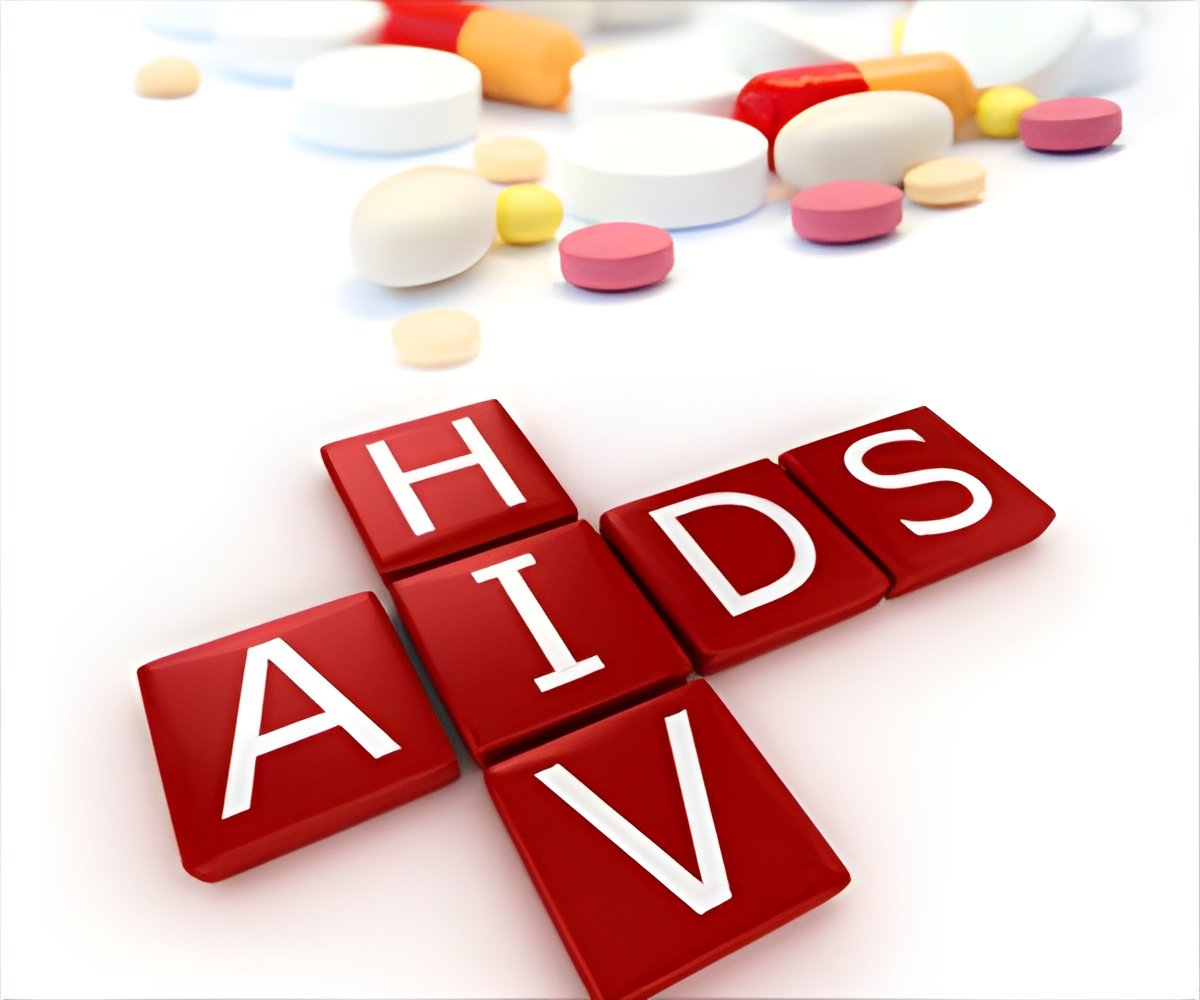
"In models of chronic infection, the different drug mechanisms end up having similar effects in mathematical models," explained Daniel Coombs, who presented the models with Jessica Conway, Bernhard Konrad.
"But during early infection, every step of the life cycle is critical for the small virus population to persist in the host, and this leads to interesting differences between the efficacies of different drugs in this phase," he added.
The researchers create stochastic models to analyze viral dynamics and to understand how protective or preventative drug treatment prior to or immediately following exposure can act to reduce risk of infection under various scenarios.
"There's a lot of discussion in public health circles about the potential of pre- and post-exposure prophylaxis (PrEP and PEP respectively) against HIV. Clinical practices for PEP are based on empirical findings with older, less effective drugs, while PrEP is very new and still under development," said Coombs.
For this reason, clinical trials of PrEP and PEP often show variable success, making it hard to predict their effectiveness.
Advertisement
They propose a simple and a more complex model. The simple one-compartment model of HIV infection uses a mathematical formula that incorporates the dynamics between replication-competent and -incompetent viruses, as well as infected cells in the eclipse phase (when they do not produce virus) and in the productive phase (when they do). The formula also includes the rate of infection of new cells, the rate of viral clearance (due to removal or inactivation), as well as the interaction of different types of drugs.
Advertisement
While comparing drugs for PrEP, the authors conclude that reverse transcriptase inhibitors, which inhibit the process of transcription of the virus's RNA into DNA in the host cell, are somewhat more effective than protease inhibitors, which inhibit viral RNA replication.
Protease inhibitors act by inactivating the protease enzyme, a molecule that speeds up breakdown of proteins in organisms.
"The differences are small, though, and other practicalities (like toxic side-effects, or drug costs) might well be more important in making the best choice," said Coombs.
For PEP, most models and trials predictably show that fast initiation of therapy is important.
The authors' models indicate that risk reduction falls to below 15 percent after a three-day delay of treatment, and a two-week treatment regimen is shown to work essentially as well as the current recommendation of four weeks.
The models deal with HIV infection following blood exposure, hence focusing mainly on occupational exposure. Mechanisms leading to infection by sexual exposure are more complicated, but the general framework of the model may be applied to cases of sexual infection.
With more experimental data on anatomy, physiology and nature of virus-host interactions, the current model can be reconstructed to capture the stages of sexual exposure. The concern regarding development of drug-resistant HIV following PEP and PrEP can also be addressed with more extensive modeling with the help of additional experimental data from animal models.
The models presented in the paper published last month in the SIAM Journal on Applied Mathematics.
Source-ANI














